By Grant Matla
It was a battle fought without armies. No rifles, no tanks, no barbed wire. In the summer of 1940, the skies above Britain served as the battlefield for the British Royal Air Force and the German Luftwaffe. The Nazis had conquered most of Western Europe, and Britain stood alone. The Luftwaffe represented the first arm of the German military juggernaut to take a swing at the British Isles. Its mission was simple: repeat the performances in Poland and France and eliminate the enemy air force.
This would facilitate an invasion, which the Germans had no reason to believe would fail. The Luftwaffe’s crack pilots, many of them experienced since 1936 in the Spanish Civil War, included men like the dashing and headstrong Adolf Galland and deadly tactical genius Werner Mölders. The RAF stood grossly outnumbered, outgunned, and outmanned. Therein lies the importance of the Battle of Britain. The RAF, subsequently nicknamed “The Few” by Prime Minister Winston Churchill, held the responsibility of not only defending Britain from the Luftwaffe but also defeating the German pilots and thwarting Hitler’s plan for invasion. Despite German numerical and tactical superiority, higher echelons of leadership in the RAF proved more strategically flexible and adapted to the situations and parameters of the battle better than their Luftwaffe counterparts.
“The Battle of Britain is About to Begin”
By the spring of 1940, World War II had begun only months earlier but looked to possibly end within the year. The French defense against the Germans ranged from abysmal to nonexistent, and the British Expeditionary Force evacuated Dunkirk in mid-June, as French Marshal Philippe Pétain sought an armistice with Germany. Resiliently, Churchill declared to Parliament on June 18, “The Battle of France is over. I expect the Battle of Britain is about to begin.”
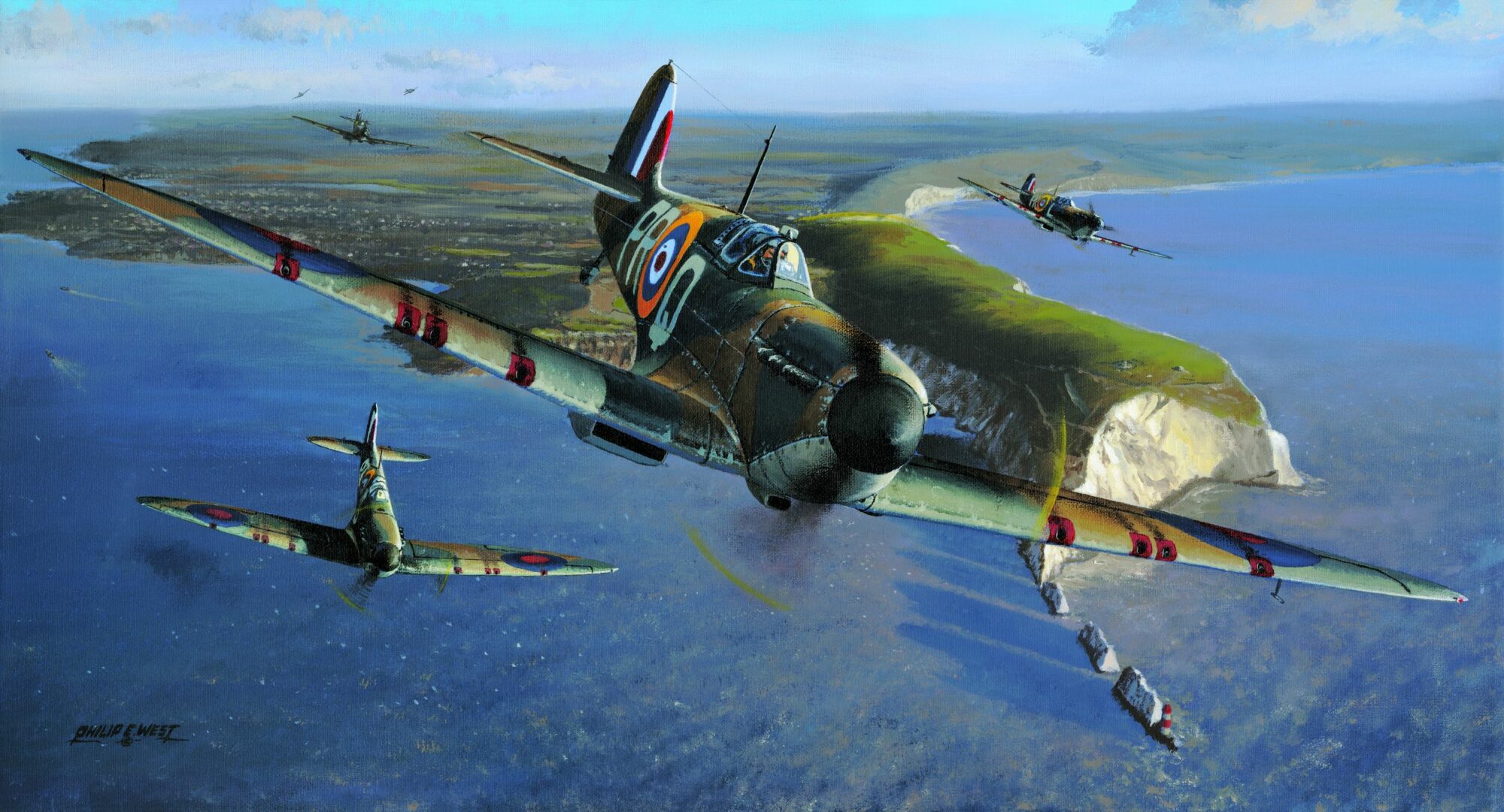
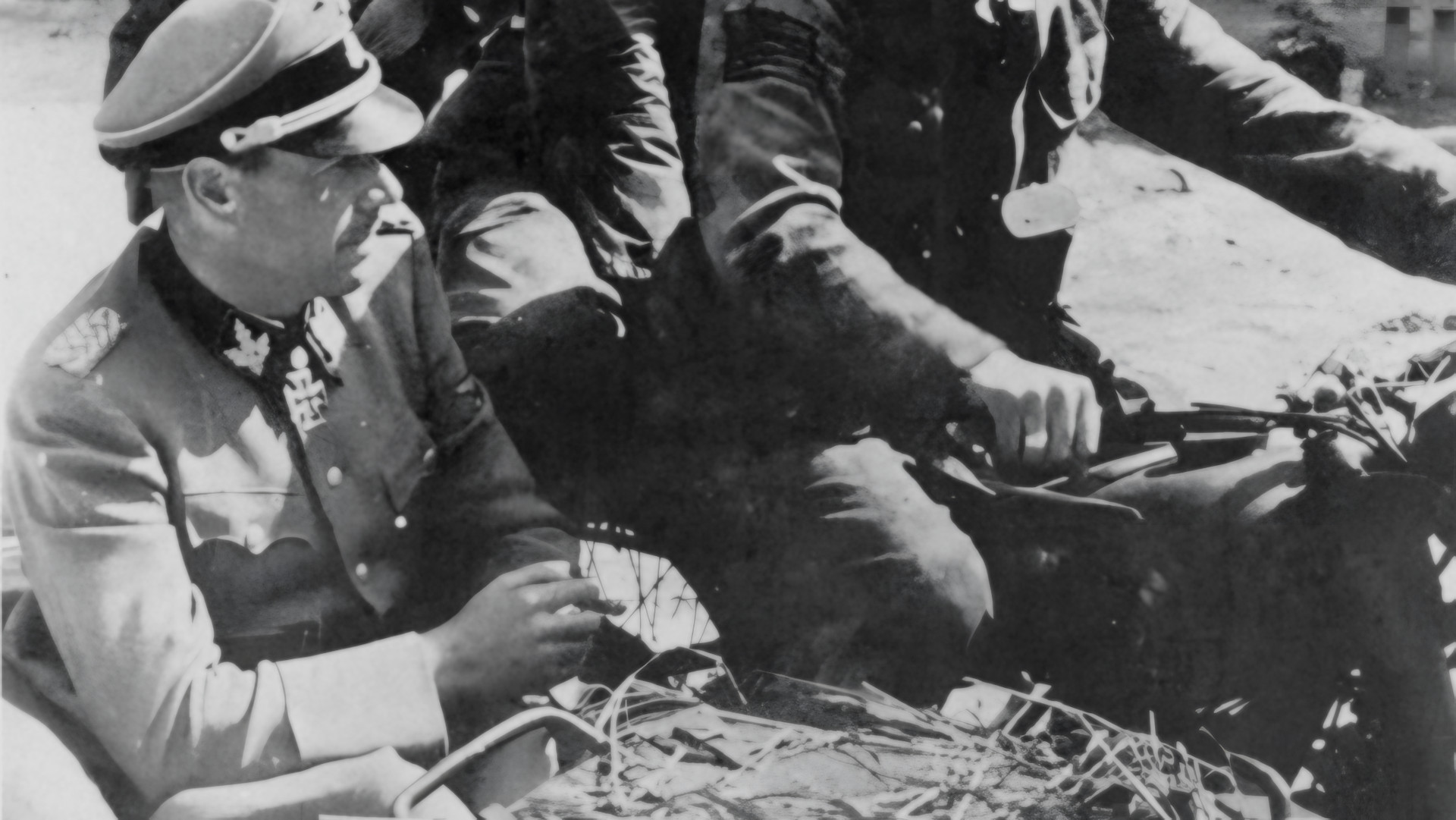
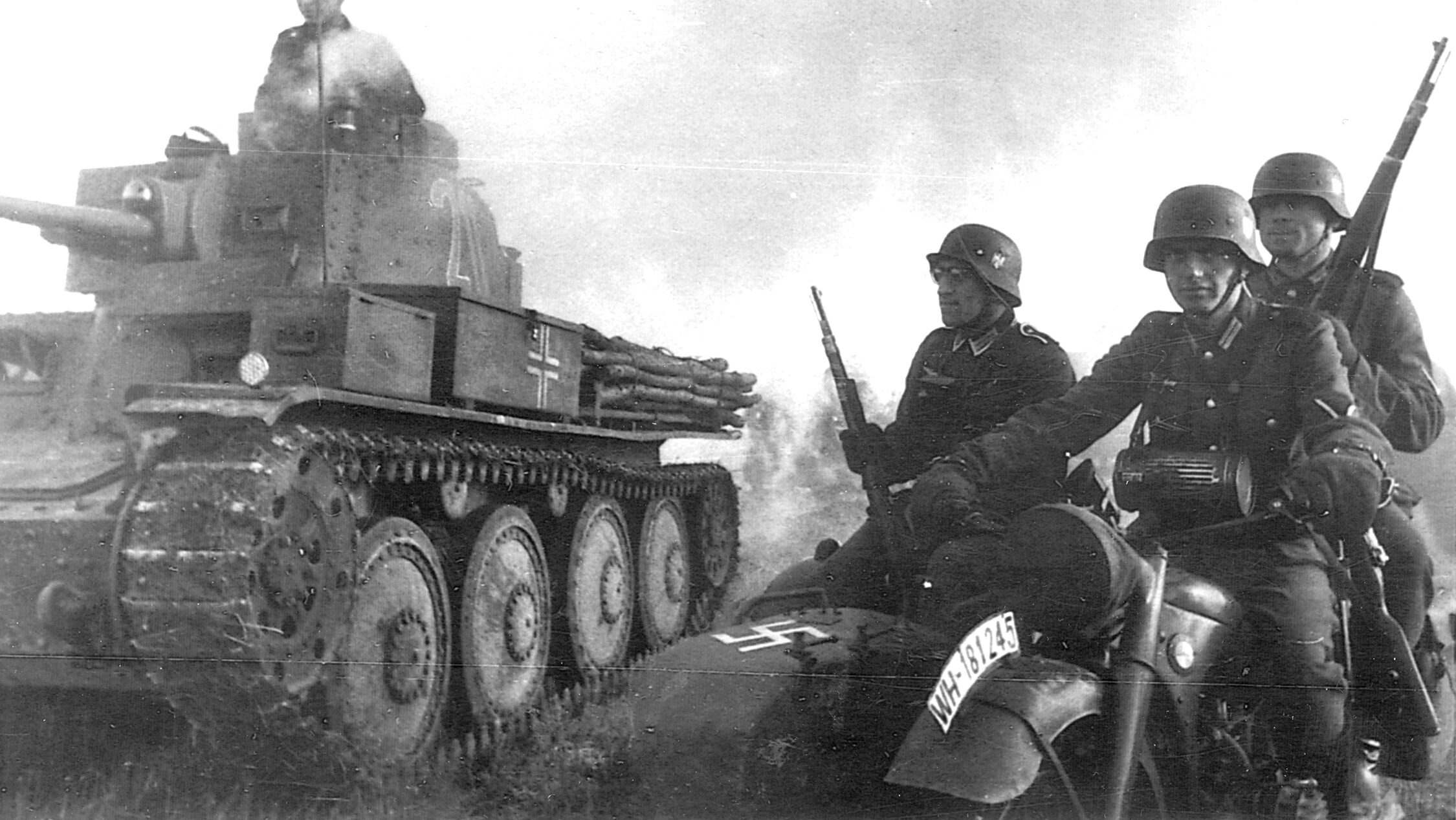
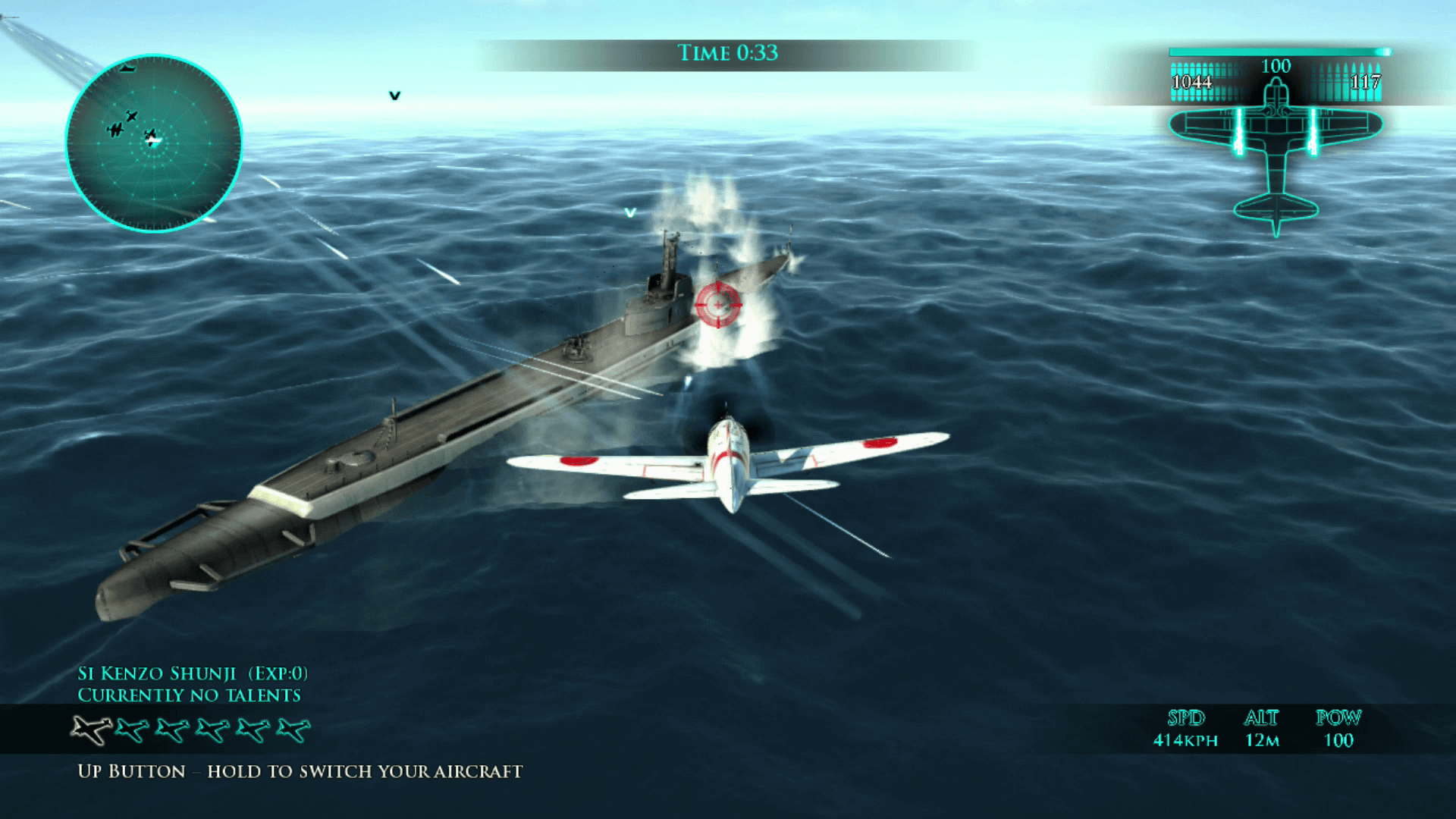
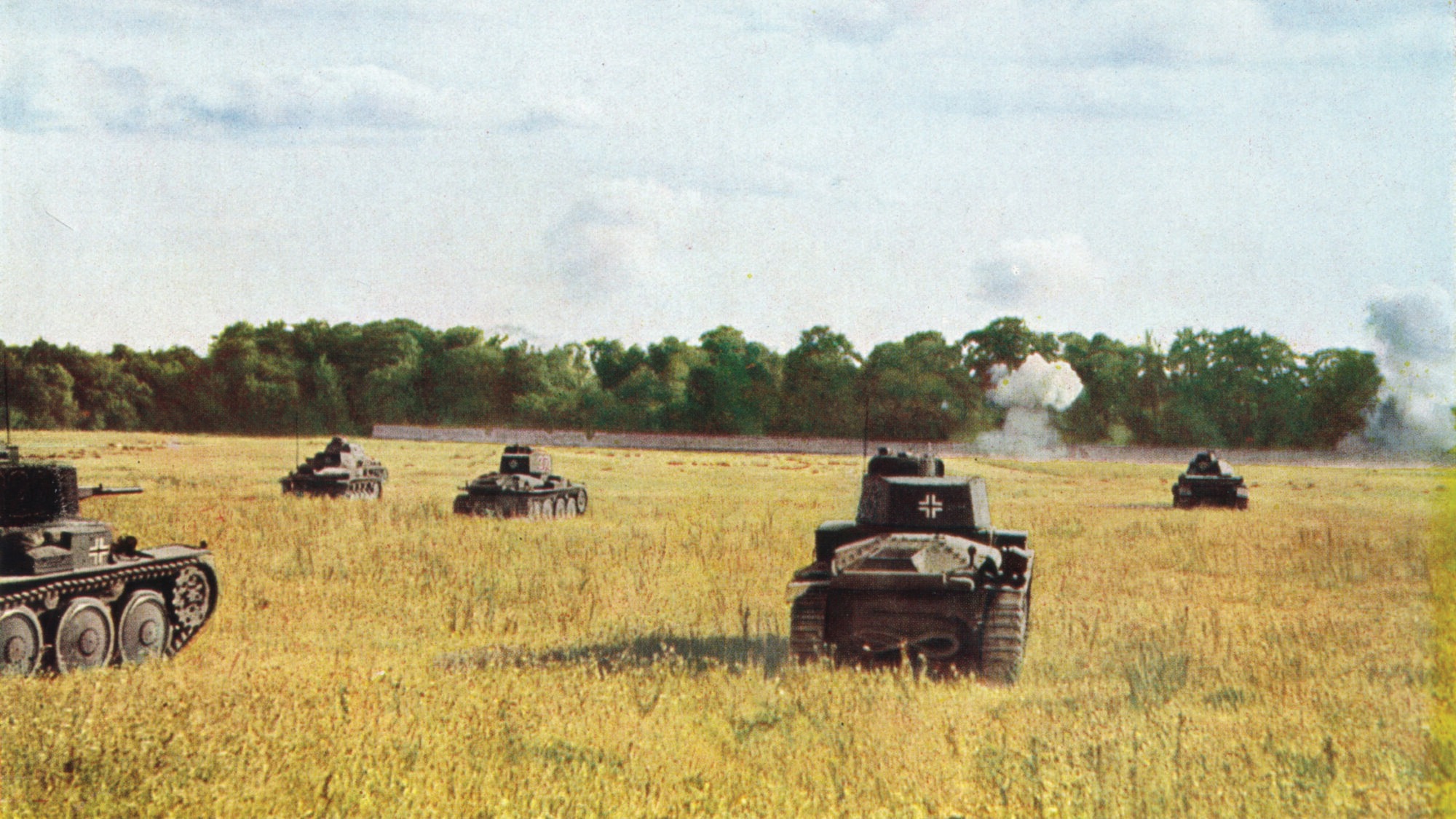
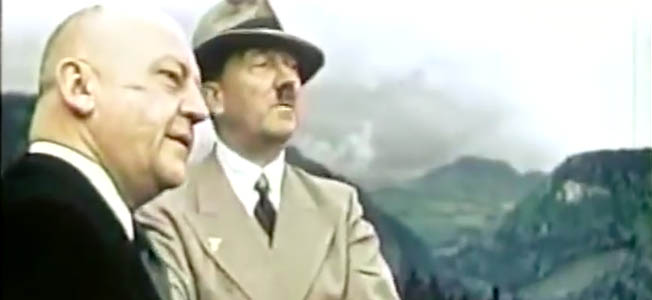
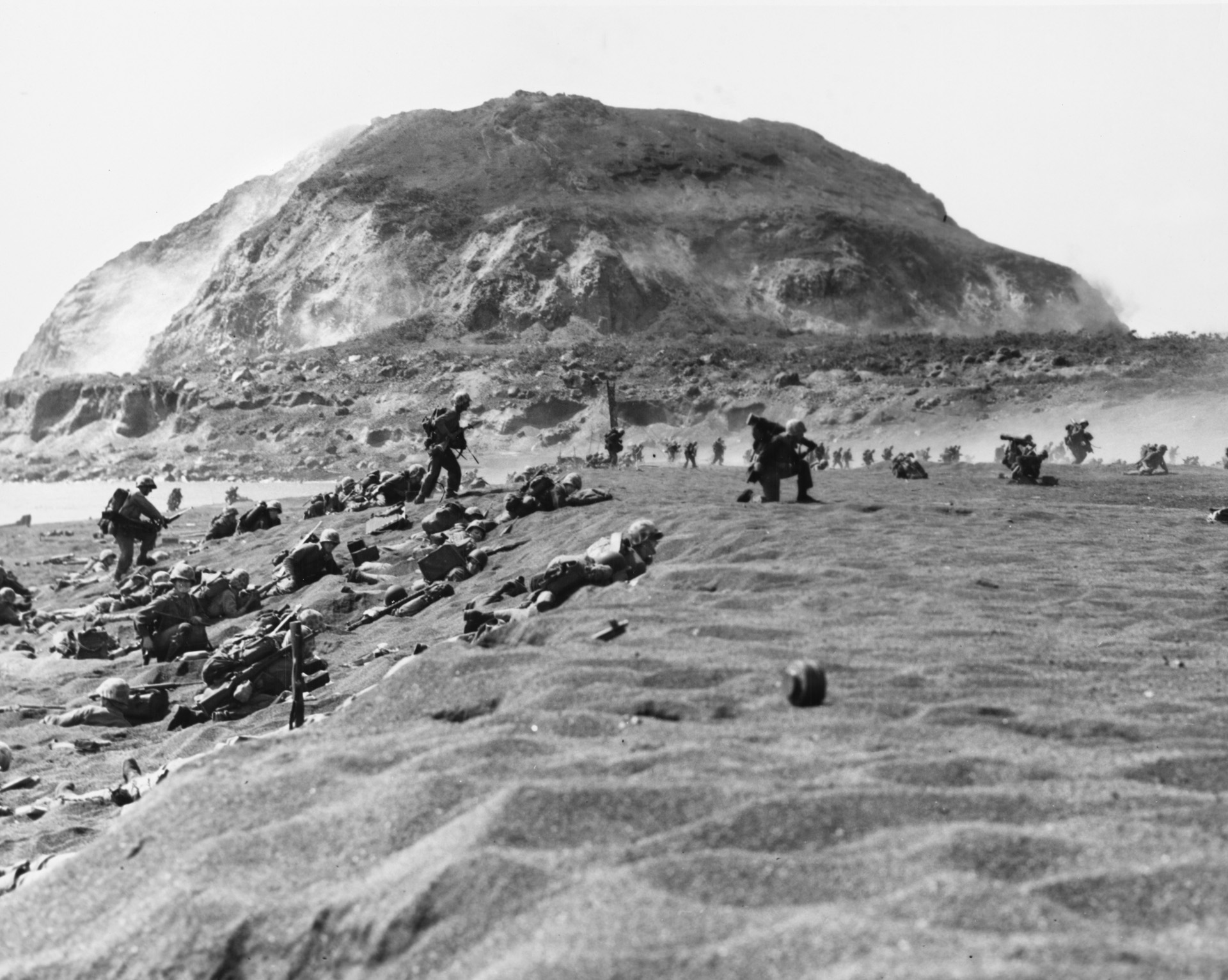

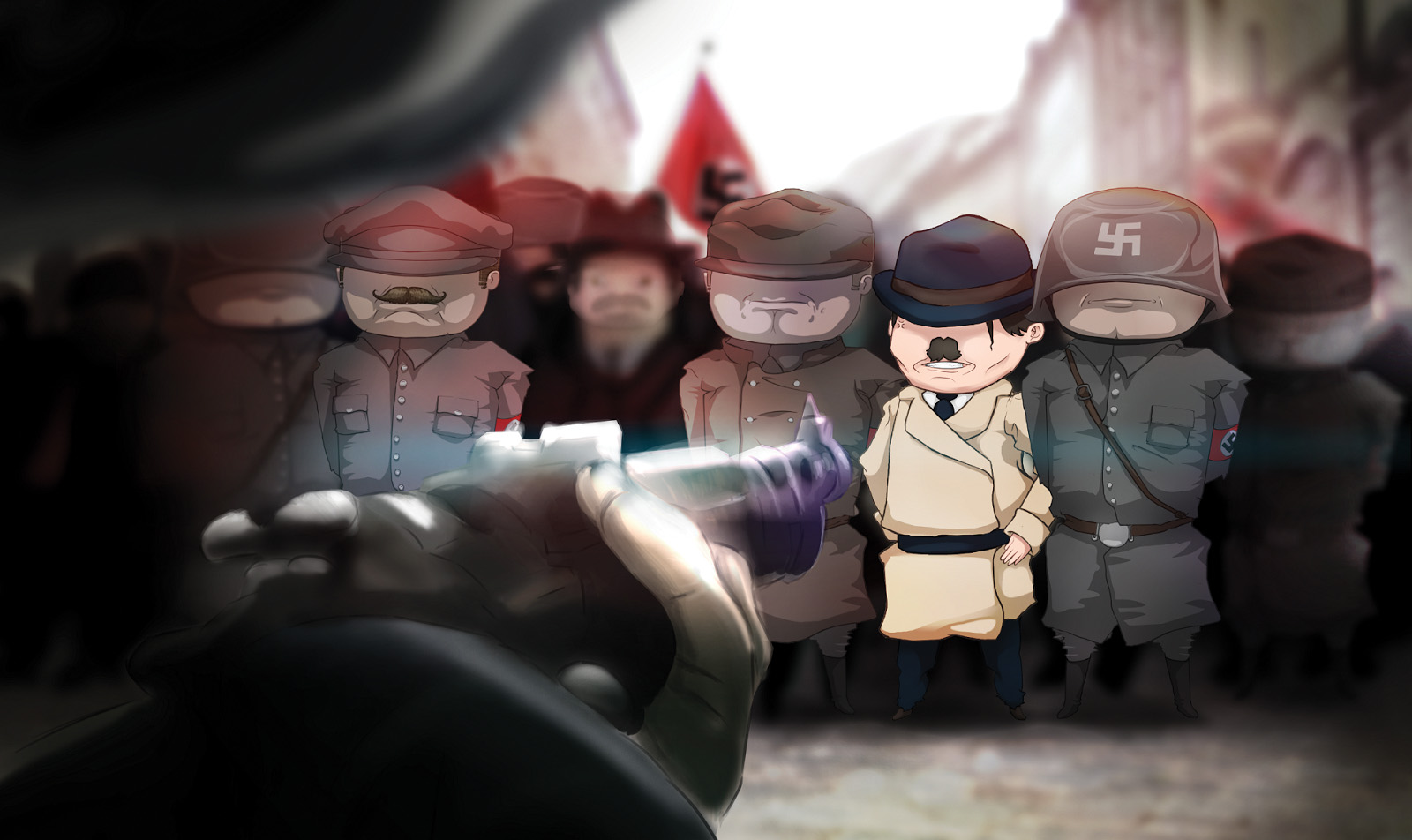
I don’t dispute any of the facts as you have outlined them but there is still much controversy about the “big wing”. It certainly worked well in attacks on London when conditions and time favoured the assembly of a large number of fighters but you would have to wonder about its effectiveness when defending the South East.
It’s biggest effect must have been on the morale of Luftwaffe crews who had been told fighter command was destroyed and were met with hundreds of fighters in waves. It may well have saved RAF pilots’ lives too because they could overwhelm fighter escorts but its overall effect in stopping the bombers from getting through must have been less.
Amazing how the contribution of foreign pilots in the RAF (Poles, Finns, French, etc.) is completely ignored. The top two fighter squadrons in the RAF were Polish. While British pilots were taking off with 20 hours of experience some of the foreign pilots were already aces from encounters over Poland and France in aircraft vastly outmatched by the BF and FW models. Too much watching of the history channel!
An important part of British success in this and other operations was command and political structure. The Churchill administration set the goals and objectives and the military provided the means and tactics. Fortunately for the allies all during the war the German political structure of Hitler and Goring set both goals and tactics which resulted in disasters on many occasions. This incompetence by a former Corporal and an addicted ex- pilot reflected the same types of problems as an unhinged Kaiser and politically ignorant Czar had in WW I. Result was essentially the same.
The American Eagle Squadron had a significant impact on knocking down Luftwaffe bombers and fighters. They assisted the RAF in a time when the RAF was in significant trouble with loss of pilots.
Only 1218 Luftwaffe aircraft were shot down during daylight and few (around 3) during night in July-October 1940 period for the battle loss of 1140 Cat.3 fighters. Thats really bad result. When you consider severely damaged aircraft, RAF FC performance was quite weak and result passive with 1850 Cat.3 and Cat.2 battle casualties. During the same period Luftwaffe lost 1385 aircraft destroyed by enemy action, so including air gunners and A.A. fire of all kind. Nobody is focusing on those numbers, even if they are known to experts for long time.
During July 1940 RAF FC lost 133 Cat.3 fighter (battle casualties) officially.
The Morale to this story is how great Man are overshadowed by Man of lesser value. Hugh Dowding greatness was not even his performance during the Battle of Britain but the fact that his vision and determination coupled with his Tactics gave Britain the tools to confront the Germans face to face instead of been wiped out and having the British skies opened to the Germans to do as they pleased. Dowding worked for years building the Tactics and infrastructure including that most important element the Radar and how to use it. He faced the same treatment as Bomber Harris to be thrown into the Garbage heap while lesser Man received the honor that was due to them. However, these were great Men and their first concern was for their country and their Men and Women that served alongside them. It is ironic that the mistreatment of both of these Men was under the same shadow and that is of Winston Churchill that himself had suffered the same treatment more than once in his political career.